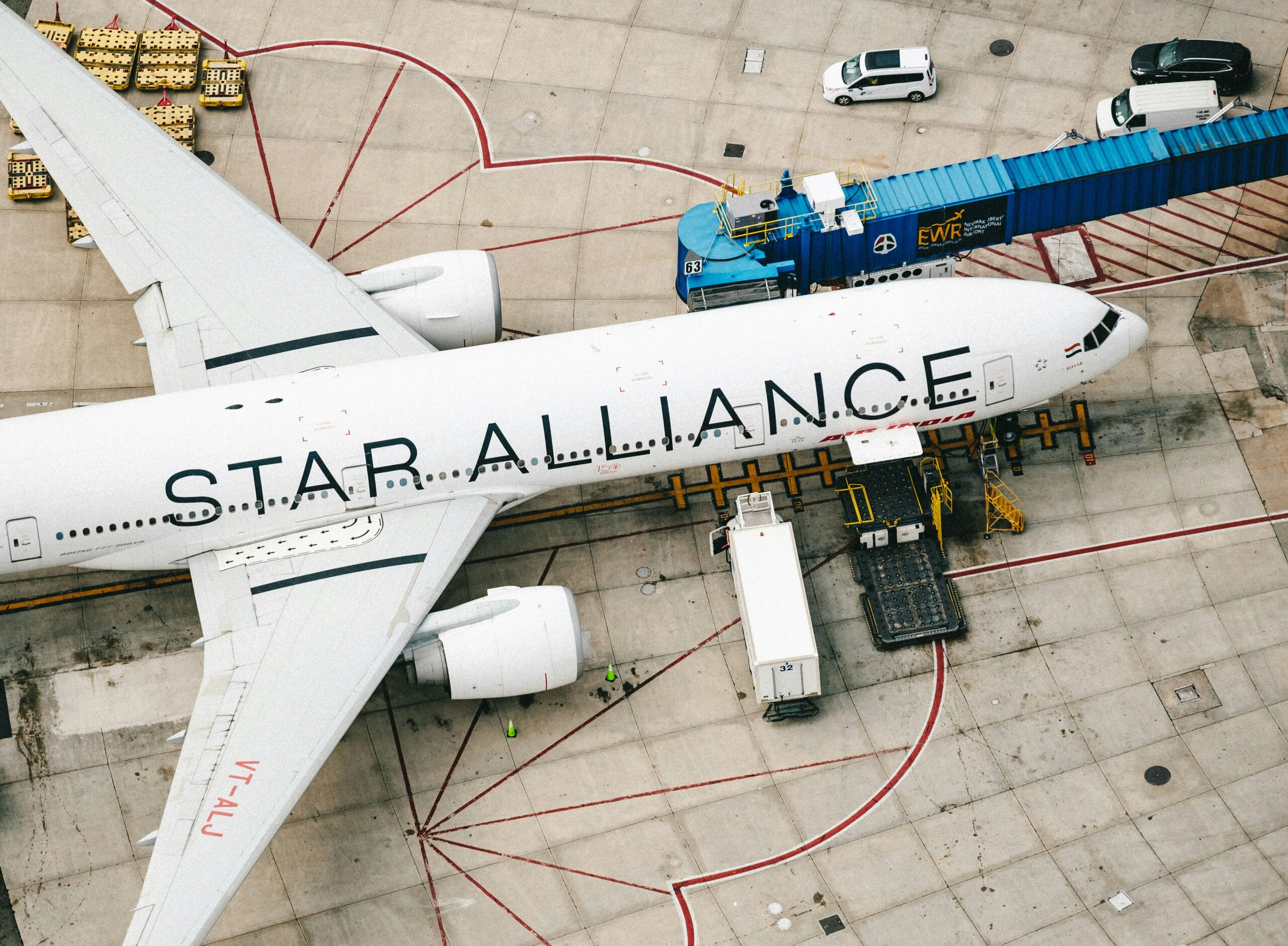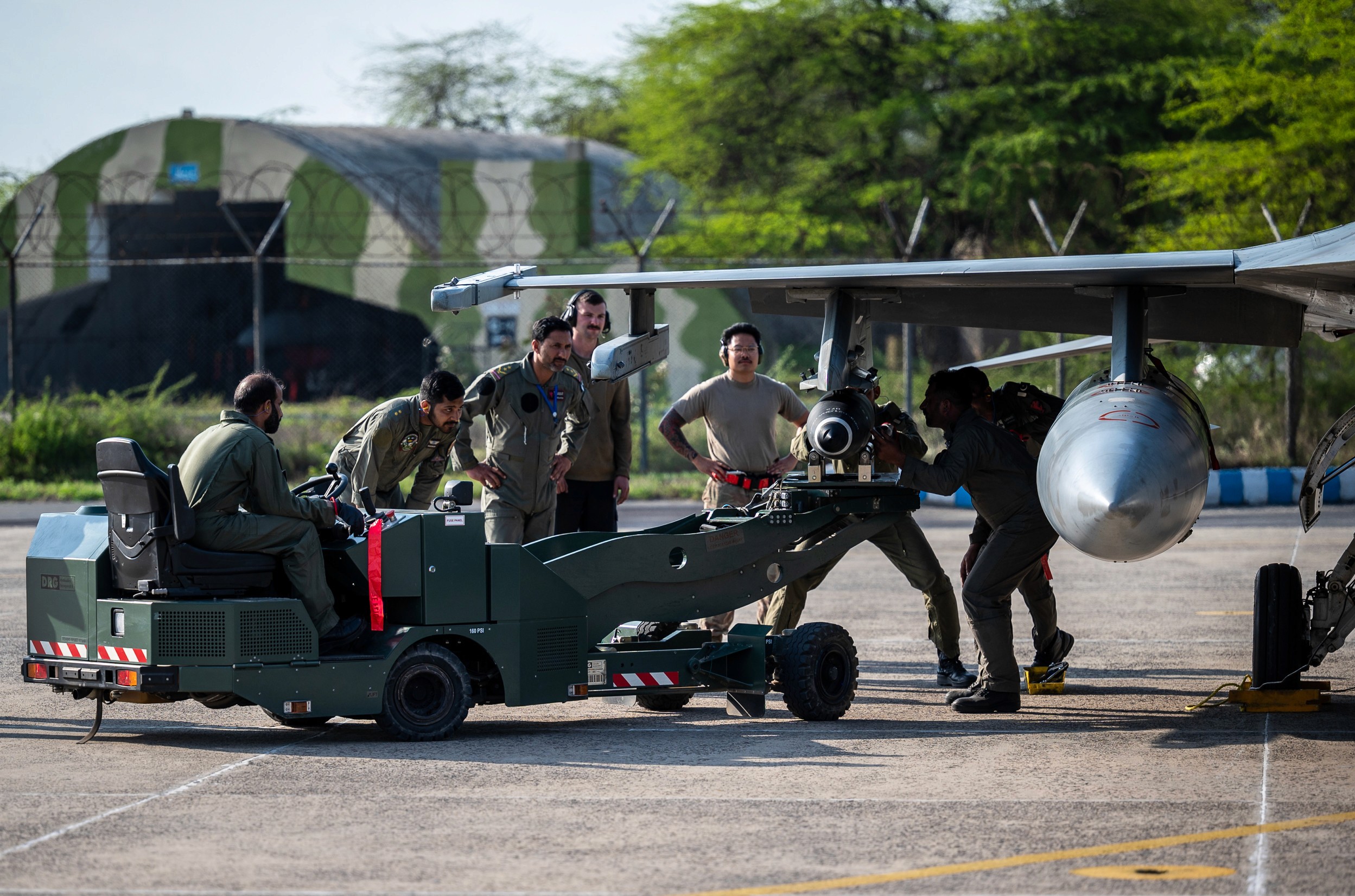Mar 15, 2022
Commercial and military aviation: Bridging the technical divide
Efficient ground operations are critical in both commercial and military aviation, despite differing requirements, protocols, and logistics. At Moonware, we are developing solutions to enhance both airfield and air base operations, tailored to meet their distinct needs and challenges. Let's dive into the technical aspects of ground operations in both sectors.
Shared technical principles and practices
Aircraft handling and ground support equipment (GSE)
In both sectors, towing and pushback operations use tugs, coordinating efforts between ground crew and cockpit. Similarly, fueling operations adhere to strict protocols to prevent fuel contamination, utilizing fuel trucks with filtration systems, bonding and grounding cables, and precise metering equipment.
Communication and coordination systems
Ground operations in commercial airfields and military air bases rely on integrated communication systems, combining VHF/UHF radios, data links, and airport management systems for real-time coordination between ground crews, air traffic control (ATC), and pilots. Advanced surveillance technologies, such as Airport Surface Detection Equipment (ASDE) and Surface Movement Radar (SMR), monitor ground movements to enhance situational awareness and prevent runway incursions.
Safety protocols and risk management
Safety Management Systems (SMS) are integral to both commercial airfields and military air bases, as they employ frameworks to identify, assess, and mitigate risks. These systems encompass detailed risk assessments, incident reporting, and continuous monitoring and evaluation processes. Routine ground safety inspections of airfield infrastructure, ground support equipment (GSE), and operational procedures ensure compliance with safety standards, including checks for Foreign Object Debris (FOD), pavement conditions, and the proper functioning of lighting and signage.

Aerial view of aircraft servicing operations
Divergent technical operations
Operational scope and mission requirements
In commercial aviation, ground operations focus on optimizing turnaround times through processes like parallel boarding and deplaning, efficient baggage handling, and automated check-in kiosks. Conversely, military aviation emphasizes mission readiness and adaptability, often involving rapid deployment and recovery, mobile ATC units, temporary fuel points, and modular maintenance facilities.
Turnarounds
Commercial aircraft turnarounds prioritize on-time performance for passenger satisfaction, and are composed of operations such as passenger boarding, baggage handling, cleaning, and inspections, among others, to ensure timely departures and arrivals. Military aviation also sees its version of a turnaround, but these are more nuanced in the specific aircraft missions that they are designed to support. Forward-deployed units and combat divisions oftentimes train to perform Integrated Combat Turns (ICTs) on fighter jets. These are rapid turnarounds, during which the aircraft may be refueled and rearmed with engines running to maintain combat readiness and sustain air support. On the other hand, turnarounds for tankers and military transport aircraft place a larger emphasis on safety and coordination. These operations are focused on sensitive cargo handling and personnel transfer to support global operations, prioritizing logistical precision and strict adherence to schedules. While sharing the common objective of operational efficiency, turnaround configurations in military operation vary greatly to support different mission requirements and objectives.

Airmen work together to conduct an Integrated Combat Turnaround
Security infrastructure and protocols
Commercial aviation security, governed by TSA and ICAO, includes Explosive Detection Systems (EDS) for baggage screening, biometric access control, and surveillance networks for passenger terminals and airside areas. Military aviation security is multi-layered, featuring perimeter security, intrusion detection systems, hardened aircraft shelters, and personnel trained in counter-terrorism, with access requiring multiple levels of clearance and security checks.
Logistical coordination and resource management
Commercial aviation is supported by logistical networks ensuring the timely delivery of services like catering, cabin cleaning, and refueling. Military aviation logistics involve coordinating resources, including ammunition and specialized equipment, often establishing supply chains in remote or hostile environments using airlift capabilities and secure communication channels.
Training and operational readiness
Training for commercial aviation ground crew focuses on operational efficiency, customer service, and adherence to international standards, covering aircraft marshaling, baggage handling, fueling procedures, and emergency response. Military aviation training is rigorous and multifaceted, preparing personnel for combat operations, humanitarian missions, and disaster response, utilizing simulation technologies, live-fire exercises, and joint operations with other military branches.
Aircraft carriers
Aircraft carriers function as mobile air bases, enabling the deployment and support of aircraft operations in diverse and often remote maritime environments. Unlike commercial aviation, which operates from fixed, expansive airports with ample infrastructure, aircraft carriers must manage the challenges of limited deck space and the need for rapid, continuous sorties. Carrier operations involve specialized processes, such as catapult launches and arrested landings, that require precise coordination and execution to ensure safety and efficiency. While both sectors prioritize operational efficiency, the technical requirements and logistical constraints differ significantly, with naval aviation demanding specialized training, equipment, and protocols to operate effectively in a mobile and confined environment.

US Aircraft Carrier sails out of San Diego Harbor
Conclusion
While safety, communication, and aircraft handling are fundamental to ground operations in both commercial and military aviation, their objectives and environments differ. Commercial aviation prioritizes efficiency, passenger service, and regulatory compliance, while military aviation emphasizes mission readiness, security, and flexibility. Recognizing these nuances, Moonware can enhance airfield ground operations' effectiveness and safety across both sectors, driving innovation and optimizing performance for diverse aviation needs.






